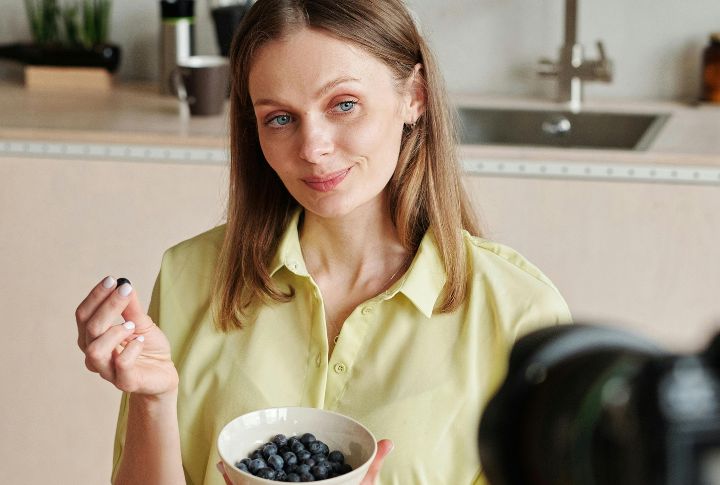
Each bite you take plays a part in how your body manages sugar. Certain foods naturally make that job easier, helping your system stay balanced without any complicated diet plans. Simple, familiar, and easy to love—these are the foods worth adding if you want better control and lasting health.
Leafy Greens (Spinach, Kale, Swiss Chard)
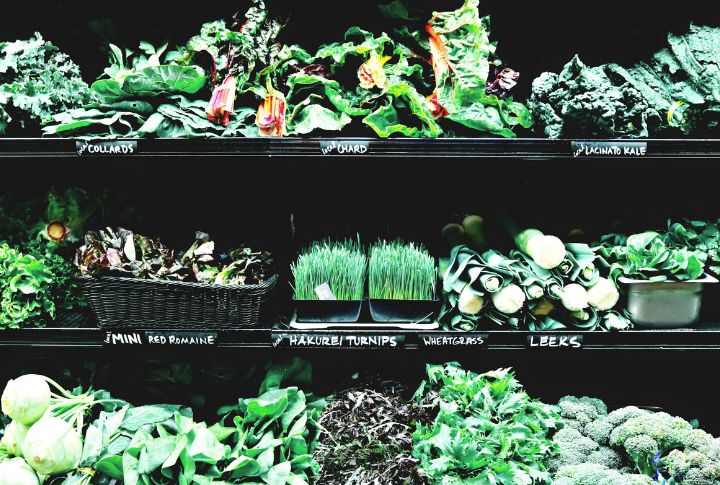
Spinach and kale don’t cost much, yet they deliver serious nutritional value. Their fiber slows sugar absorption after meals, which prevents those sharp spikes. Magnesium and potassium support your metabolism naturally and help maintain consistent blood sugar levels throughout the day.
Green Tea
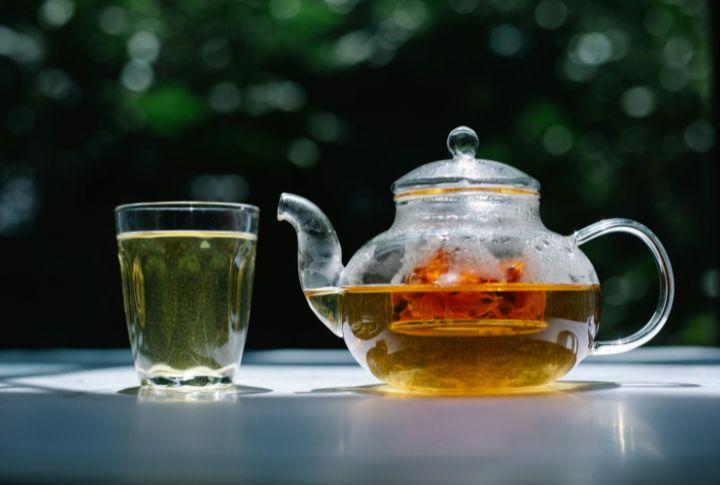
EGCG and polyphenols in green tea reduce inflammation and improve insulin response. Each cup supports better blood sugar control through these natural compounds. Regular drinkers face lower type 2 diabetes rates compared to people who skip this simple beverage.
Berries (Blueberries, Raspberries, Strawberries)
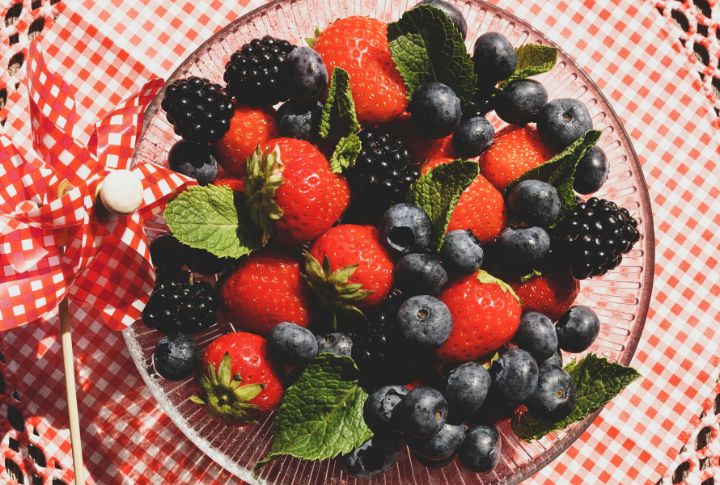
Berries contain fiber, anthocyanins, and manganese, which help regulate blood sugar. Unlike most sweet foods, they reduce insulin spikes and support metabolic health, making them ideal for diabetics and those managing blood sugar levels.
Whole Oats
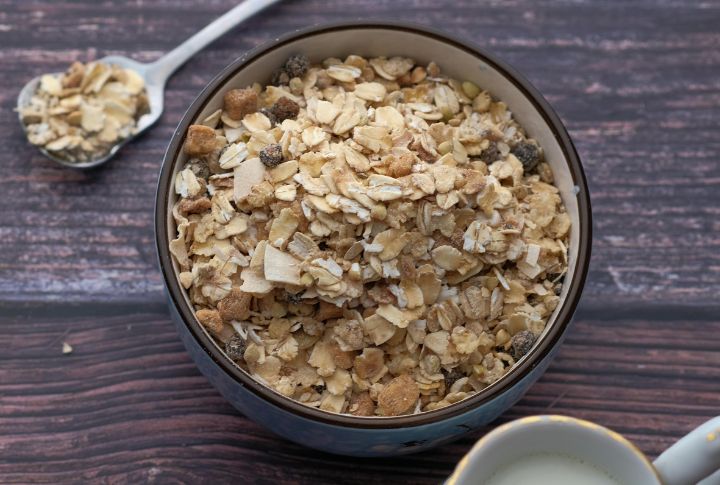
Breakfast sets the tone for your entire day’s blood sugar levels. Oats release glucose slowly into your bloodstream instead of flooding it all at once. Over time, regular oat consumption improves how your body responds to insulin and builds real protection against diabetes.
Sweet Potatoes
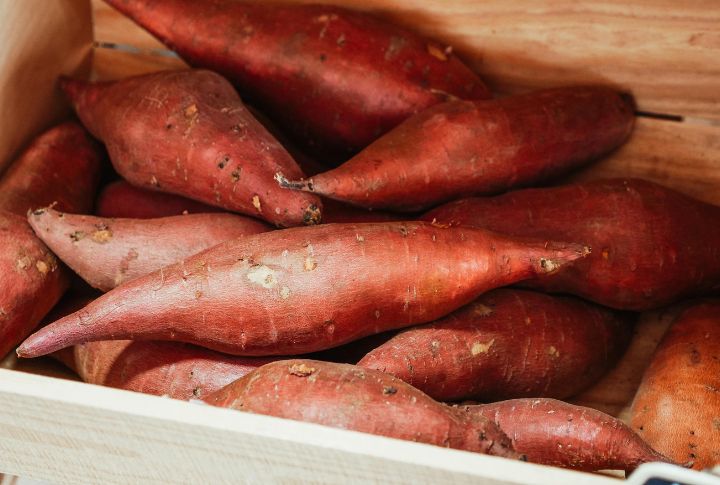
Regular potatoes spike blood sugar quickly. Sweet potatoes digest slowly thanks to their fiber and nutrient density. Beta-carotene and antioxidants improve insulin efficiency while the complex carbs provide steady energy without crashes or spikes.
Nuts (Almonds, Walnuts, Pistachios)
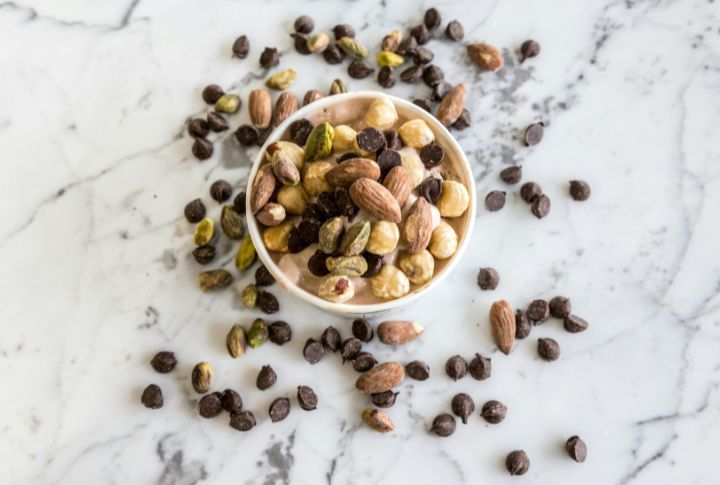
A handful of almonds or walnuts gives you healthy fats, magnesium, and fiber in one snack. This combination keeps blood sugar stable between meals. People who make nuts a regular part of their diet also tend to feel fuller longer.
Greek Yogurt
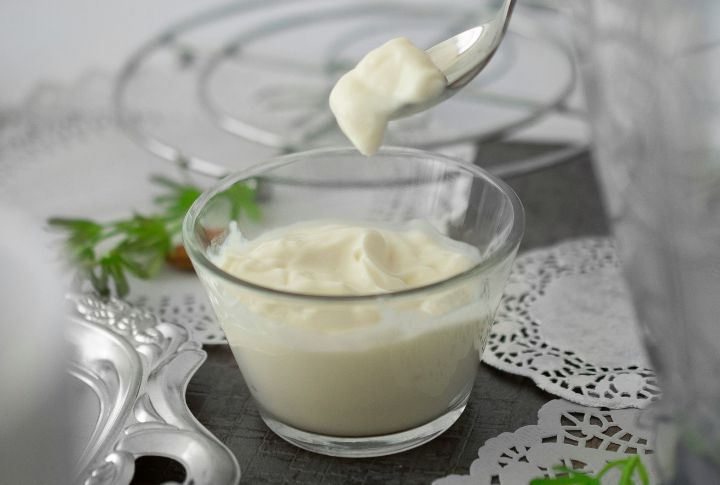
Hunger strikes between meals and tempts you toward quick fixes that wreck your blood sugar. Greek yogurt’s thick texture comes from concentrated protein that keeps you full for hours. Look for plain, low-fat versions to get calcium and probiotics without added sugars.
Avocados
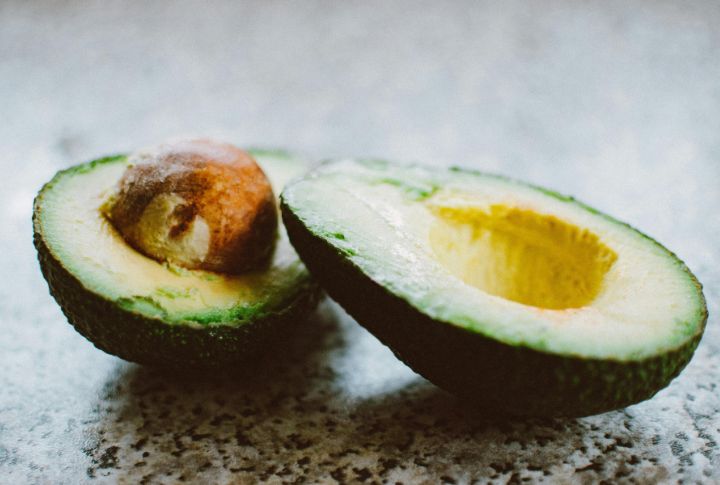
Fat gets blamed for everything, but avocados prove that’s not always fair. Their monounsaturated fats pair with fiber to regulate blood sugar effectively. The low-carb content means no spikes while your insulin response actually improves with regular consumption.
Beans And Lentils
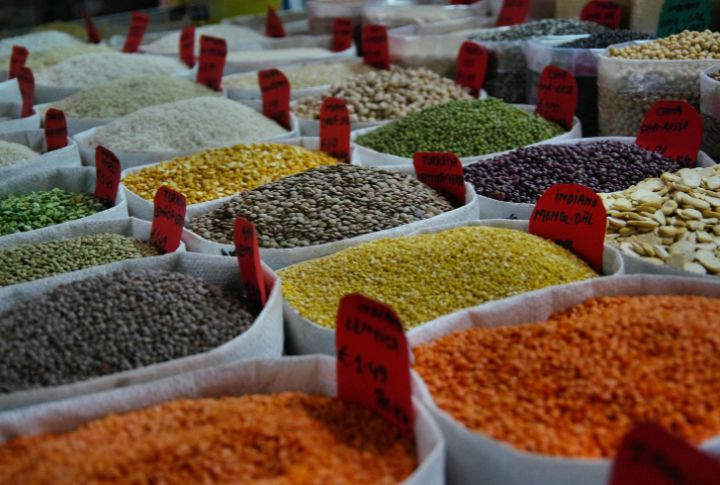
To avoid sugar rushing into your bloodstream all at once, eat beans and lentils. They create a steady release instead, thanks to their plant protein and fiber working together. This controlled absorption lowers type 2 diabetes risk and protects your heart.
Chia Seeds
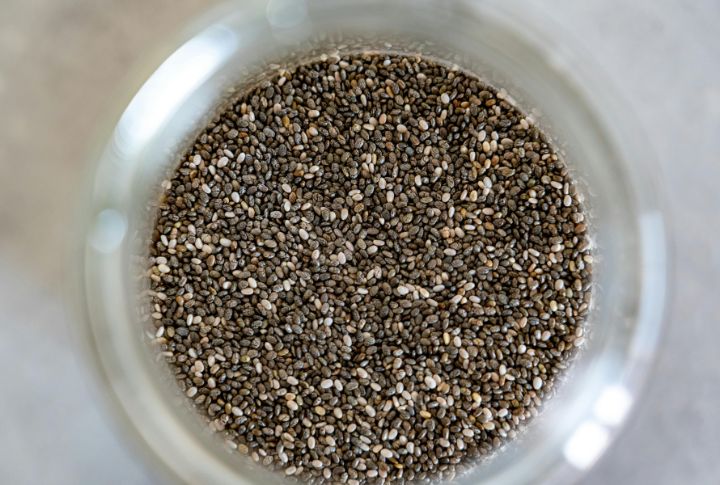
Something this small shouldn’t pack so much nutrition. Chia seeds deliver fiber, protein, and omega-3s that help your body regulate glucose naturally. Insulin sensitivity improves when you eat them regularly, which makes blood sugar management simpler.
Cinnamon

More than just a spice, cinnamon contains antioxidants that enhance cellular response to insulin. This effect supports better blood sugar control without requiring major dietary changes. Even a small sprinkle on oatmeal or coffee can contribute to improved glucose management.
Eggs
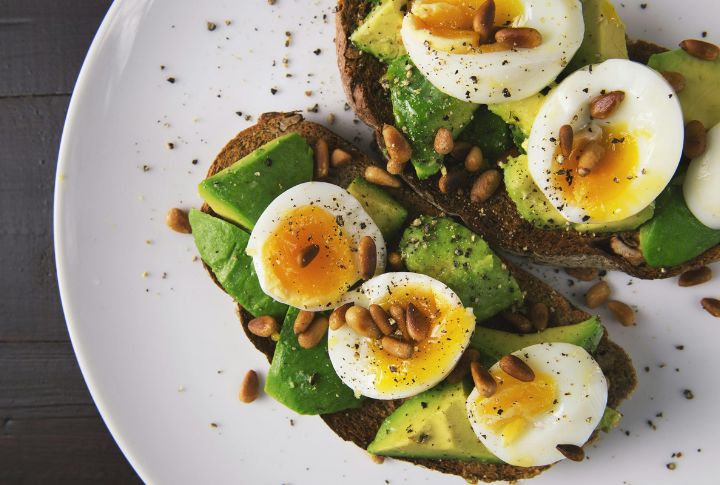
The protein in eggs activates hormones that promote satiety, helping regulate appetite and blood sugar between meals. This natural effect also supports weight maintenance—a key factor in lowering the risk of developing type 2 diabetes.
Broccoli And Cruciferous Vegetables
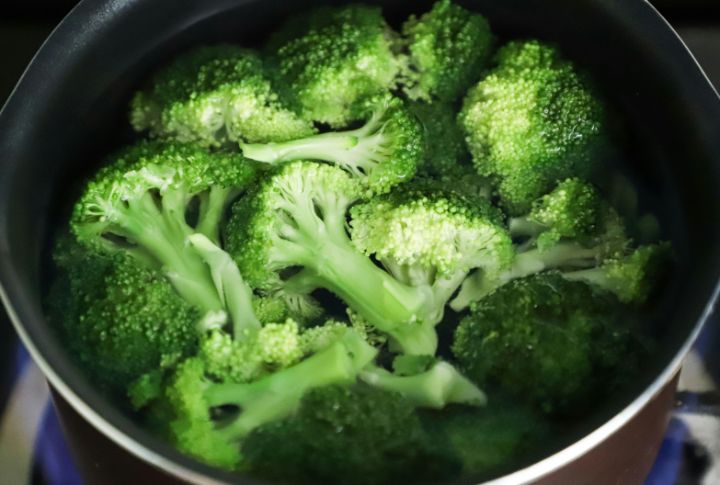
Broccoli contains sulforaphane, a compound that fights inflammation and improves insulin sensitivity at the same time. The fiber and antioxidants add extra protection. Brussels sprouts and cauliflower work the same way, making the entire vegetable family valuable.
Apple Cider Vinegar
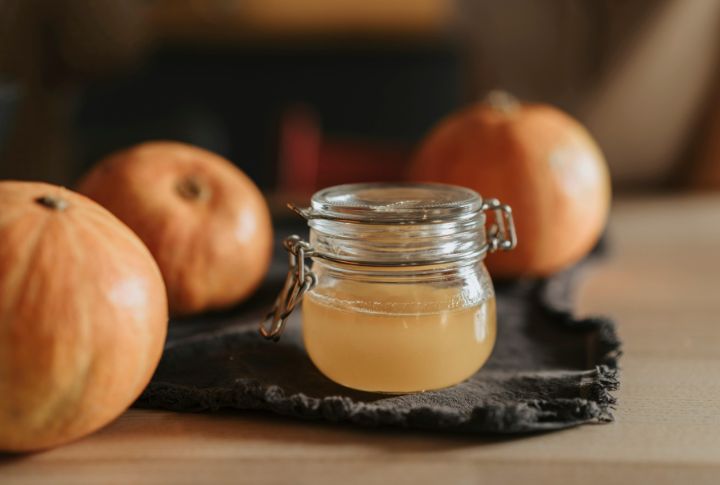
Fermentation creates acetic acid, which slows down how your gut digests carbohydrates. This simple change prevents blood sugar spikes after meals. One tablespoon shows how traditional food preparation methods can support modern health goals.
Garlic
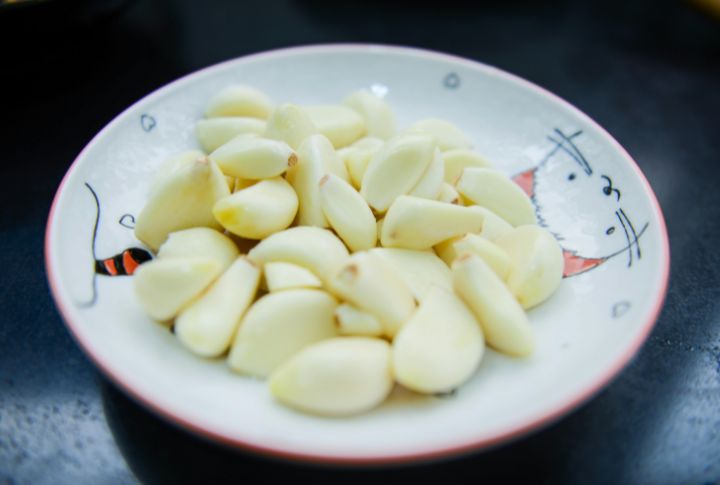
Inflammation works quietly in the background, disrupting your metabolism without obvious symptoms. Garlic calms these inflammatory responses while boosting insulin sensitivity. Your body processes sugar more efficiently when garlic becomes a regular part of your meals.
Flaxseeds
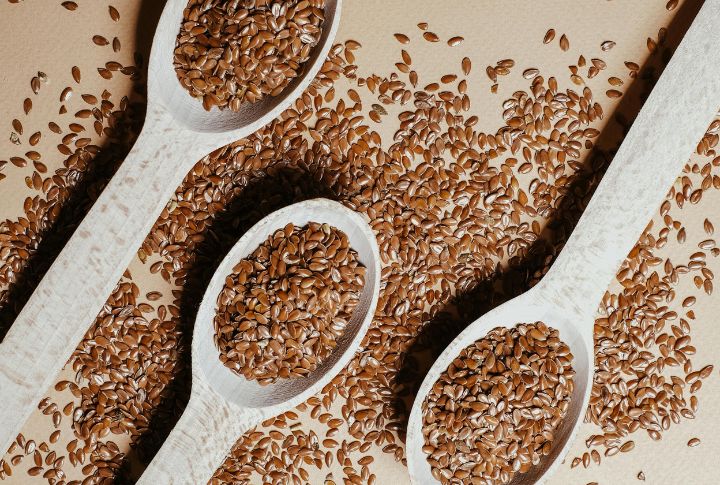
Ground flaxseeds give you fiber and omega-3s in a form your body can actually use. These nutrients reduce inflammation and also improve how your cells respond to insulin. Blood sugar stays more stable when you add them to smoothies or yogurt.
Quinoa
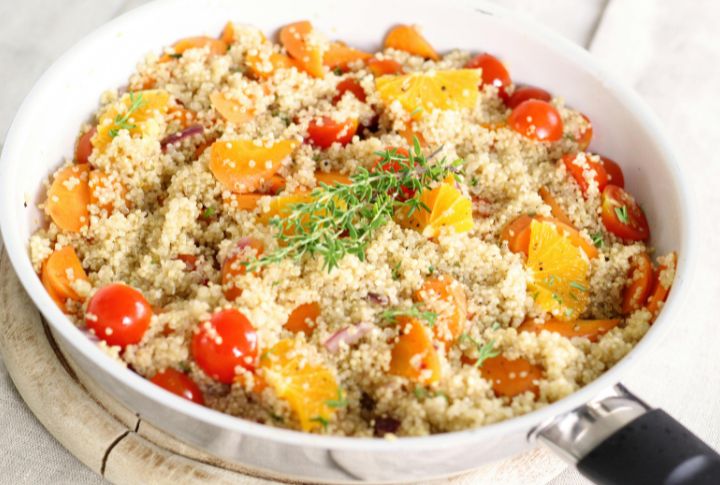
Rice and pasta spike blood sugar fast. Quinoa doesn’t. Its complete protein and fiber combination prevents those sharp rises after meals. Use it anywhere you’d normally reach for refined grains to support long-term diabetes prevention.
Bell Peppers
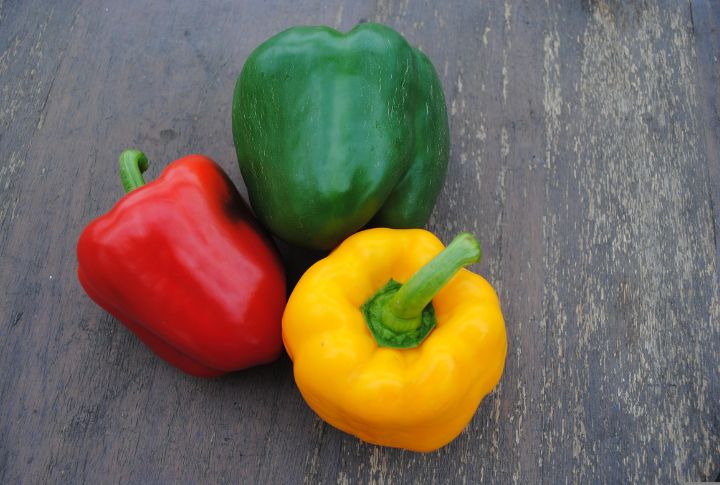
Bell peppers offer a nutrient-dense profile with minimal calories, packing vitamin C, antioxidants, and fiber that aid glucose regulation and insulin support. Their crisp texture and vivid hues make them easy to incorporate into meals, whether fresh in salads or lightly cooked.
Citrus Fruits (Oranges, Grapefruit, Lemons)
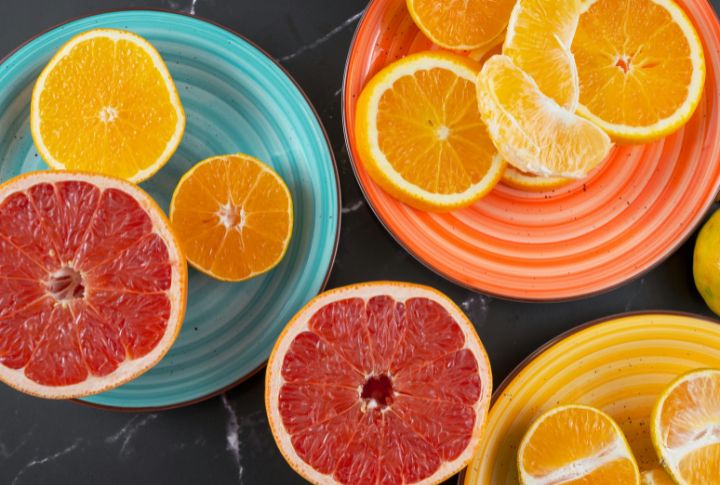
Juice removes the fiber that makes fruit beneficial for blood sugar. Whole citrus fruits keep that fiber intact along with vitamin C and antioxidants. Your metabolism functions more smoothly when you eat the actual fruit instead of drinking it.
Turmeric
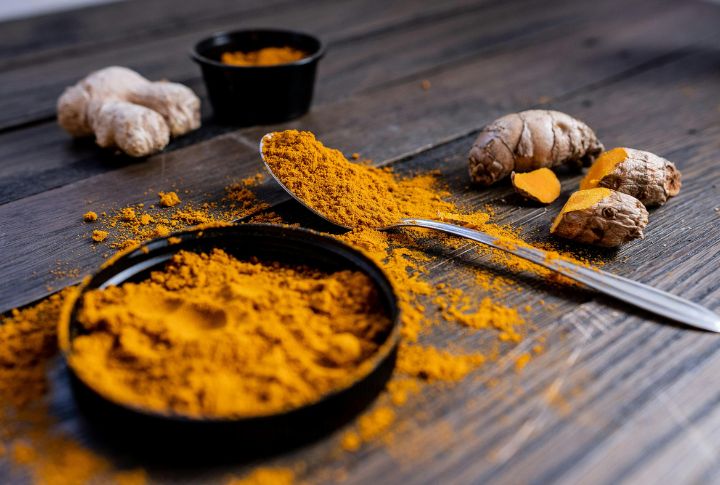
Turmeric owes its vibrant color and anti-inflammatory benefits to curcumin, its primary bioactive compound. By enhancing insulin sensitivity and offering cellular protection, turmeric plays a meaningful role in blood sugar control beyond its visual appeal in curries and stews.

